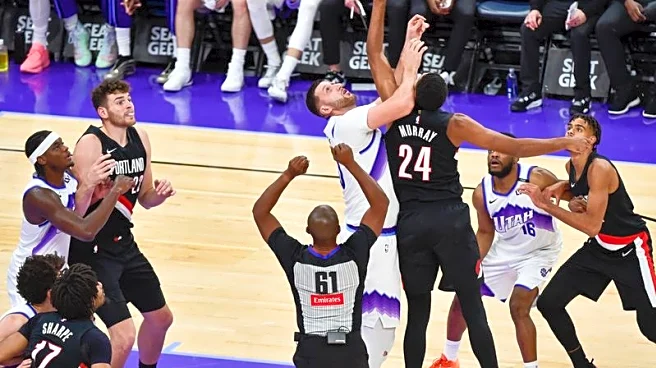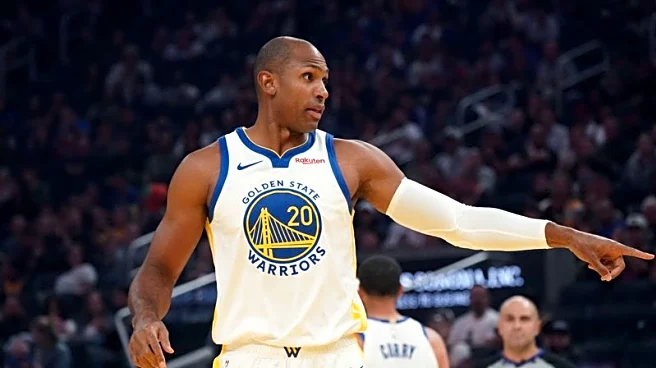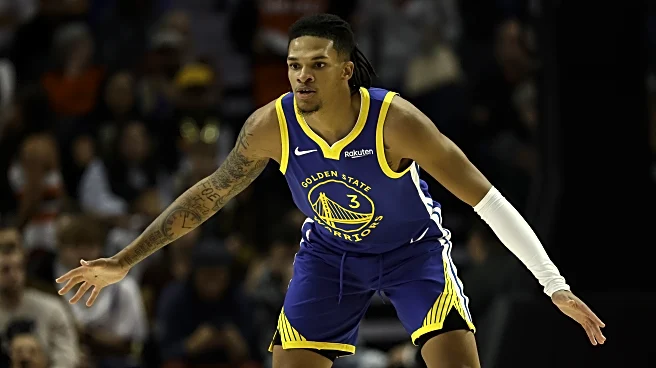What's Happening?
Al Horford, a veteran NBA player, has signed with the Golden State Warriors after spending seven years with the Boston Celtics. The decision was influenced by the Celtics' restructuring following Jayson
Tatum's Achilles injury, which altered the team's competitive outlook. Horford, who helped the Celtics win a championship in 2024, sought a team with a strong championship potential, which he found in the Warriors. Despite not having prior relationships with Warriors leaders Stephen Curry and Draymond Green, Horford was persuaded by their recruitment efforts and the team's mix of experienced veterans and promising young players.
Why It's Important?
Horford's move to the Warriors is significant as it highlights the impact of player injuries on team dynamics and decision-making in the NBA. The Celtics' restructuring, including the departure of key players like Jrue Holiday and Kristaps Porziņģis, reflects the financial and strategic shifts teams undergo in response to unforeseen circumstances. Horford's transition to the Warriors could bolster their championship aspirations, given his experience and leadership. This move also underscores the importance of team culture and fit in player decisions, as Horford seeks to integrate into the Warriors' established system.
What's Next?
Horford aims to acclimate quickly to the Warriors' system, learning from established players like Curry and Green. His focus will be on contributing to the team's success while adapting to new strategies and dynamics. The Warriors, in turn, will look to leverage Horford's experience to maintain their competitive edge. As the NBA season progresses, Horford's integration and performance will be closely watched, potentially influencing the Warriors' standing in the league.
Beyond the Headlines
Horford's move may influence other veteran players considering team changes, highlighting the role of team culture and championship potential in career decisions. The Celtics' restructuring could lead to further shifts in the NBA landscape, as teams adjust to maintain competitiveness. Horford's decision also reflects broader trends in player mobility and the strategic considerations involved in such moves.













